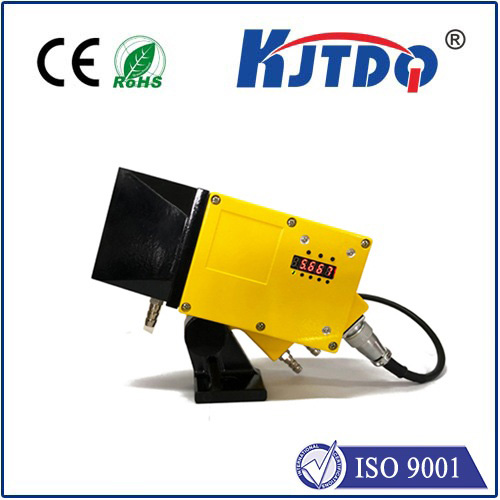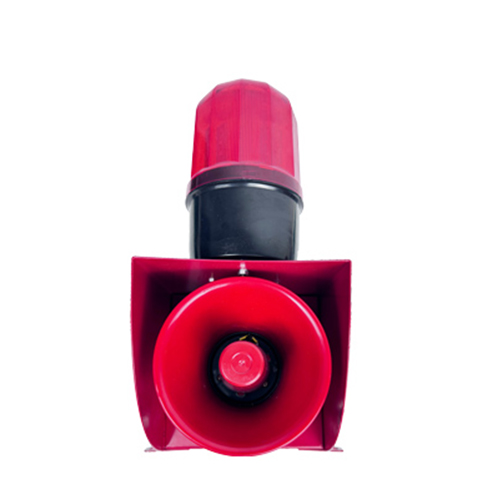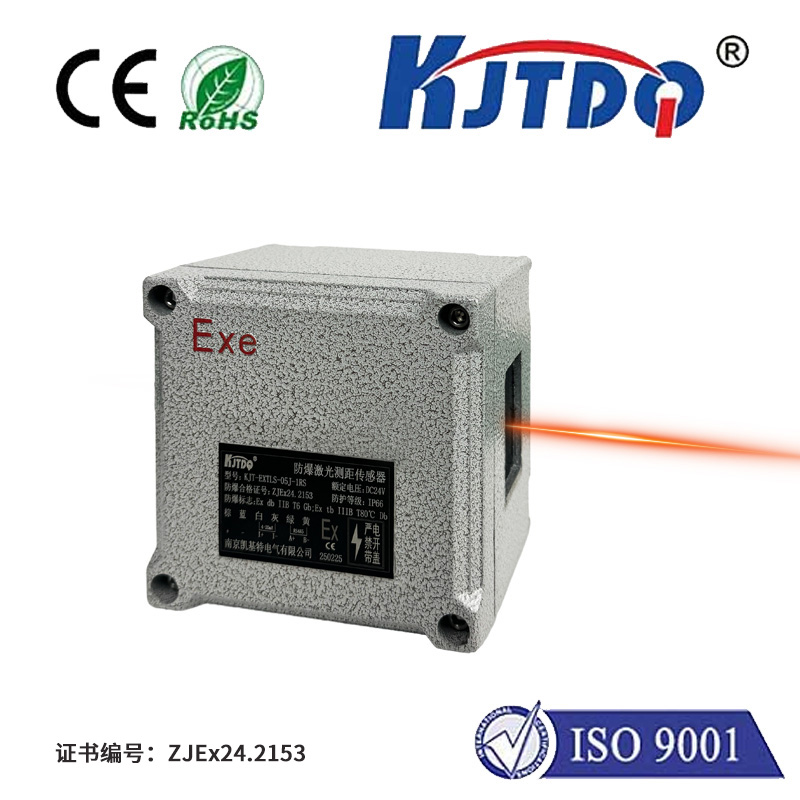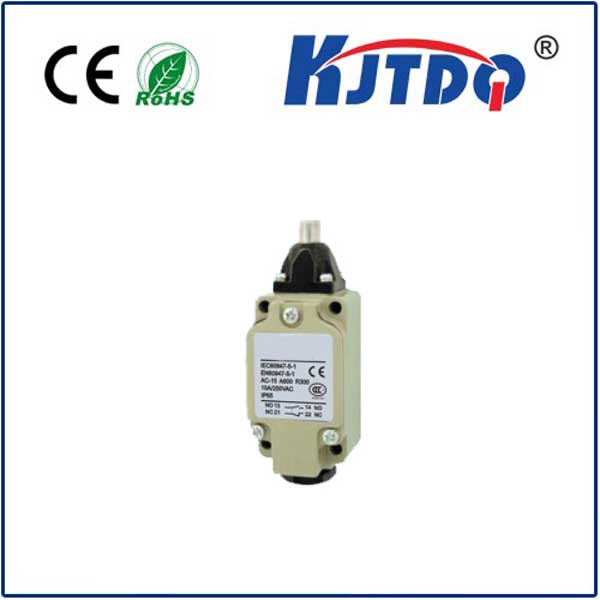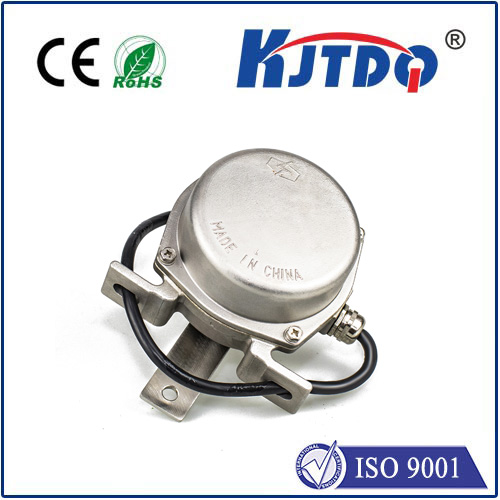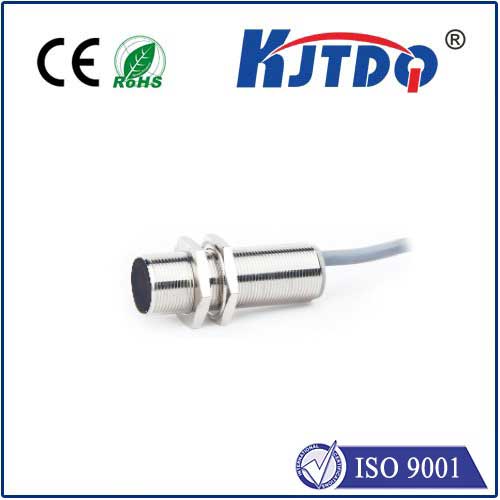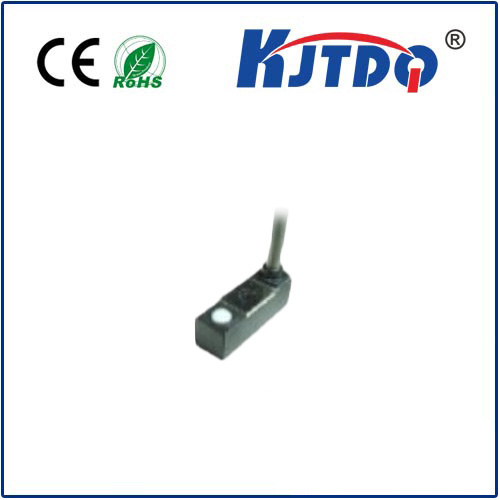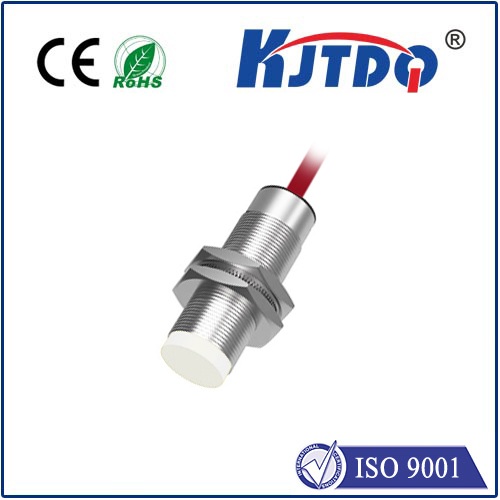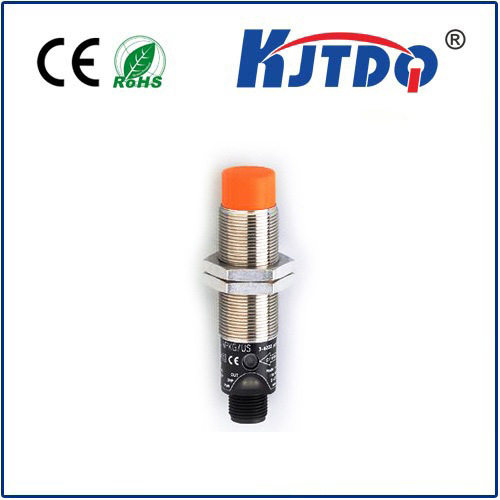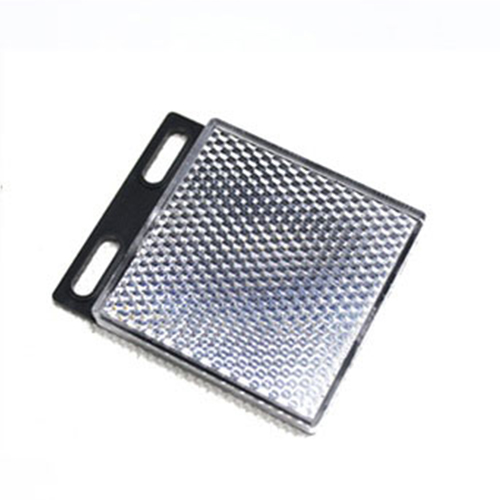

check

check

check

check

check

check

check

check

check

check
Ever wondered how self-driving cars navigate complex streets, how factory robots assemble tiny electronics with superhuman precision, or how doctors perform minimally invasive surgeries deep within the body? The answer often lies in a remarkable technology operating unseen: the laser optical sensor. Far more than just components, these sophisticated devices act as the crucial sensory organs for countless advanced systems, translating the physical world into precise, actionable data using the unique properties of light.
The Core Principle: Light as Information
At its heart, a laser optical sensor functions by emitting a highly focused, coherent beam of light – a laser – and meticulously analyzing the light that returns after interacting with a target object. This interaction provides a wealth of information. The fundamental magic lies in measuring phenomena like:
distance = (speed of light * time) / 2). This principle is vital for LiDAR systems mapping environments.Key Applications: Where Precision Meets Reality
The unique capabilities of laser optical sensor technology have made them indispensable across diverse sectors:
Industrial Automation & Manufacturing: This is a powerhouse domain. Laser sensors provide non-contact measurement for critical tasks like:
Precise Level Monitoring in tanks or silos.
Displacement and Thickness Gauging during production processes (e.g., paper, metal, glass).
Position Detection guiding robots for assembly and pick-and-place operations.
Object Profiling and 3D Scanning for quality control and reverse engineering.

Vibration Analysis for predictive maintenance on machinery.
Medical Devices & Healthcare: Where precision is paramount and non-contact minimizes risk:
Guiding surgical robots with sub-millimeter accuracy during complex procedures.
Providing real-time positional feedback in robotic prosthetics.
Enabling high-resolution optical coherence tomography (OCT) for non-invasive eye and tissue imaging.
Laser triangulation sensors in dental scanners for creating accurate 3D models.
Automotive & Transportation: Driving the future of mobility:
LiDAR (Light Detection and Ranging): The core sensing technology for most autonomous vehicles, creating high-resolution 3D maps of the surroundings using pulsed laser optical sensors.
Adaptive Cruise Control (ACC) using laser-based distance measurement.
Collision Avoidance Systems providing critical proximity warnings.
Traffic Monitoring systems measuring vehicle speed and flow.
Consumer Electronics & Research: Bringing advanced sensing to everyday life and scientific discovery:
Gesture Recognition in devices using ToF or structured light sensors.
Focus Assist in high-end smartphone cameras using laser distance measurement.
3D Scanning Apps for smartphones and tablets.
Scientific Instrumentation for particle size analysis, flow cytometry, and environmental monitoring requiring high sensitivity and speed.
Advantages Driving Adoption
The surge in laser optical sensor utilization is no accident. They offer a compelling set of advantages over other sensing technologies:
From the intricate assembly lines building tomorrow’s technology to the sensors guiding life-saving medical interventions and enabling autonomous exploration, laser optical sensors are the silent, precise observers shaping our technological reality. Their ability to harness the fundamental properties of light – offering non-contact, high-speed, and incredibly accurate measurement – continues to unlock new possibilities across the spectrum of human endeavor. As laser sources become more compact, efficient, and affordable, and detection methods grow even more sophisticated, the reach and impact of these remarkable “invisible eyes” will undoubtedly continue to expand, making the once-impossible, routine. The power of focused light, meticulously measured, is proving to be an indispensable tool for navigating and understanding our complex world.
